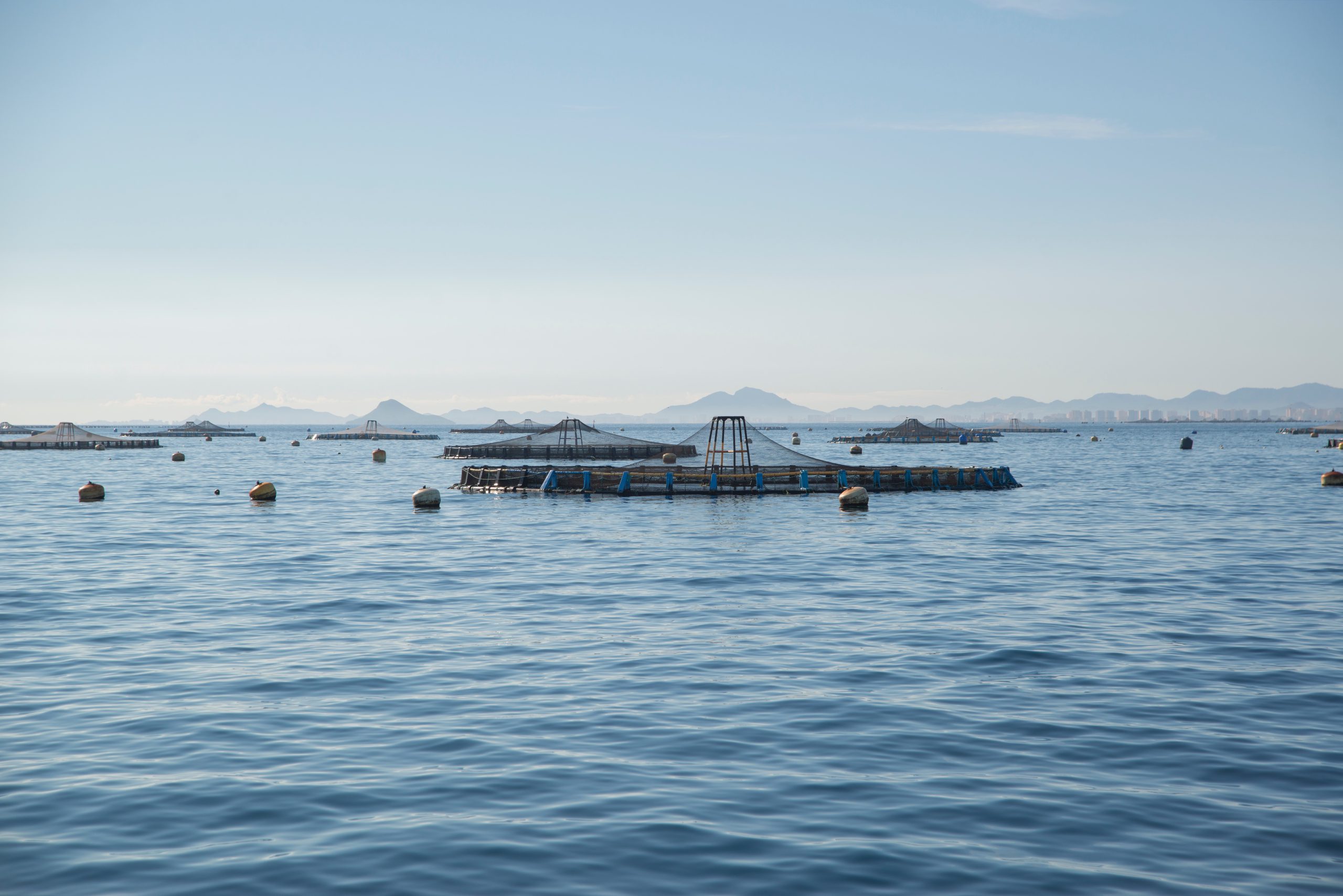Aquaculture
Aquaculture (or aquafarming) is a kind of aquaculture industry. With different aquaculture water quality, it can be divided into three categories: freshwater aquaculture, saltwater aquaculture, and sea aquaculture. The aquaculture industry usually raises seedlings (fish, shellfish, crustaceans, algae, and other aquatic products with high economic value) on the natural water surface or in artificial water ponds, dispenses bait and repels diseases, so that the seafood grows rapidly and then carries out planned production of artificial reproduction.
Last year, the Council of Agriculture announced that 37.5 billion annual product value and 77% of domestic sales of aquaculture were in 2019. Thus, the Council of Agriculture is preparing to promote six major 4-year measures to upgrade the aquaculture industry: the fishery power needs to be bound with traceable aquacultural products. 10,000-hectare fishery power symbiosis plan will be accounting for 1 / 4 of the national fishpond area, encourage youth in cultivation investment, add cold chain, primary processing, etc., and strive for industrial transformation in 2025. At present, due to a great impact on the high risk of death in aquaculture, changes in water quality and varieties, aquaculture farmers who can maintain a stable breeding rate can obtain considerable revenue when the breeding rate is generally not as expected and supply falls short of demand.

Six Major 4-year Measures to Upgrade the Aquaculture Industry
1. Promote fishery electricity symbiosis
2. Establish special breeding area
3. Training personnel
4. Integrated water supply system
5. Guide the transformation of fish ponds
6. Strengthen the processing, freezing storage and cold chain system
Selection of aquaculture feed additives
It is an important issue for aquaculture farmers to establish an effective and safe feeding approach to reduce the outbreak of diseases. Because of cultivating in underwater habitats, it is hard to observe the actual situation of underwater habitats, and the prevention and control of biosafety is quite difficult. Therefore, once encountering an outbreak of viral infection, enormous losses are inevitable. However, the invisible enemy and virus are always hard to be discovered. When fish and shrimp die, the disease has already broken out in the fishponds. In result, the industry has invested a lot of effort and cost, but it was burned in a short time.
The aquaculture farmers should pay special attention to the purchase of high-quality aquaculture feed additives. For example, whiteleg shrimp farmers generally use live insects such as crude protein / chitin aquatic feed, or even expensive fishmeal to help save feed and electricity bills and reduce about 2-week growth period, so that the shrimp shell becomes thick and hard to let consumers subjectively confirm that shrimps are in good condition. However, feed additives, non-nutritive feed additives such as antibiotics, preservatives, antioxidants, feed adhesives, and insectifuge, can boost animal growth or disease resistance more effectively. Hence, choosing the high-quality aquaculture feed additives is based on its function and biosafety (with or without antibiotics). The key formula of ImmuniVAP aquaculture feed additives is versatile adhesion polypeptides (VAP), which does not contain antibiotics. ImmuniVAP can prevent the incidence of fish and shrimp, and then assist the aquaculture industry in the following three points in order not to damage the property of the aquacultural industry:
(1) Reduce the risk of massive death from disease
(2) Increase elasticity of seafood meat
(3) Increase the feeding capacity per unit area
Reference: Aquaculture Wikipedia

